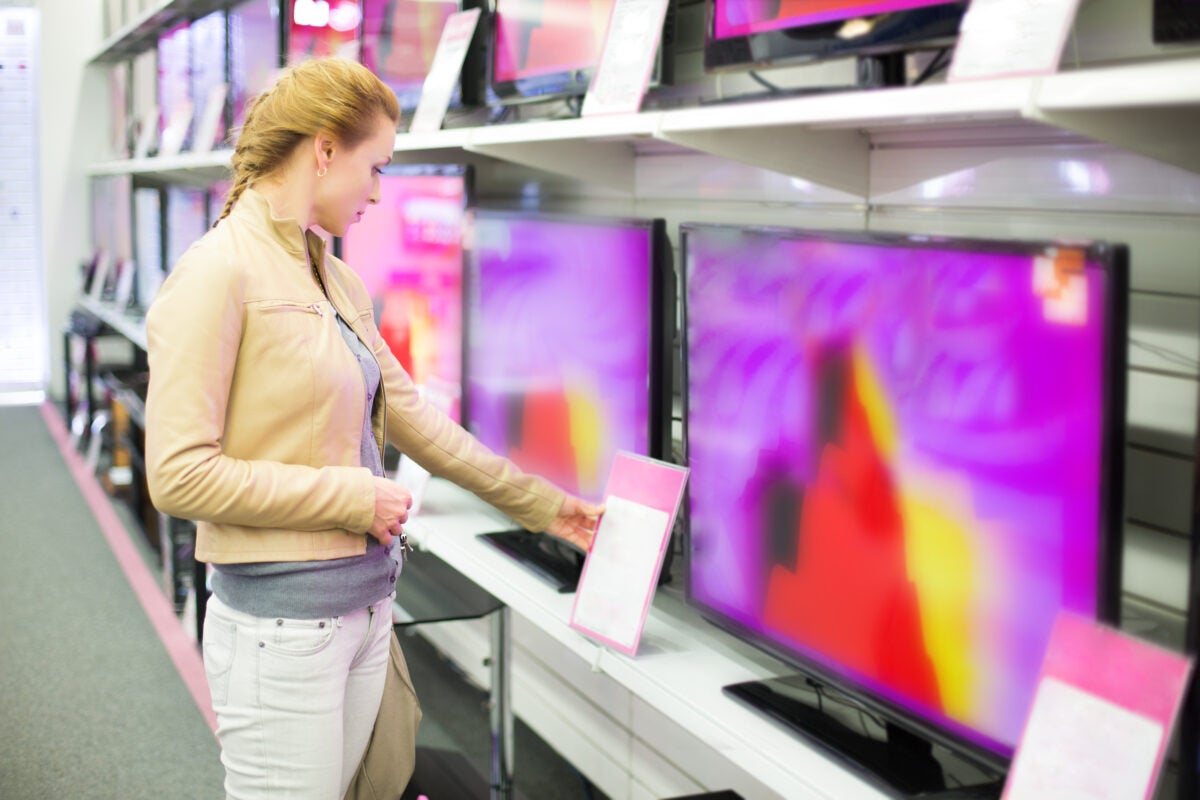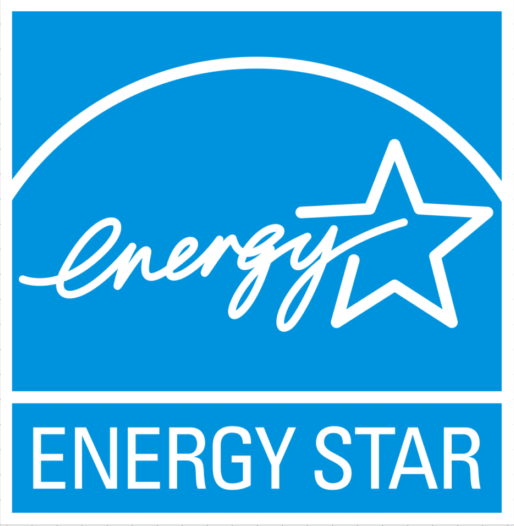Energy-Efficient Televisions

Consumer Products
TV Guidance: Expanding Consumer Options for Efficient Televisions
In 2009, the transition to digital broadcasting led to vast changes in the television market, including the rapid advancement of flat panel display technology. However, most of these televisions were not energy efficient.
Sensing these trends could have a serious impact on the power system, the region developed a program to influence the efficiency of televisions in the market.
Working with ENERGY STAR®, NEEA launched an initiative to drive higher ENERGY STAR specifications, encourage state and federal standards for energy-efficient televisions, and increase their availability on retail shelves. Key activities of the initiative included:
- Driving a series of increasingly stringent ENERGY STAR specifications to influence manufacturers to produce more efficient televisions.
- Developing a consumer messaging platform highlighting the benefits of advanced technology to encourage consumers to purchase the most efficient televisions.
- Issuing incentives and marketing materials for retailers to promote and sell the most-efficient televisions at the point-of-purchase.
From 2010 through 2014, NEEA’s work swiftly increased the market share of most energy-efficient televisions, achieving 42.7 aMW in Northwest energy savings—equivalent to the energy needed to power more than 31,000 households each year.
Ensuring Televisions Pass the Test for Northwest Consumers
In 2016, NEEA recognized that the standard test procedures used to measure television efficiency were not keeping up with rapidly evolving technology, including ultra-high-definition screens, along with significant changes to consumer viewing habits. In collaboration with manufacturers, specifiers and industry experts, NEEA designed a test procedure to accurately and comprehensively measure modern television energy use. To further support the market, NEEA developed a test kit for manufacturers around the globe to more easily and consistently generate accurate energy-use test results. This work culminated in the publication of ANSI/CTA 2037-D with the American National Standards Institute (ANSI) and the Consumer Technology Association (CTA).
The procedure was adopted by a variety of influential organizations across the country, including the U.S. Department of Energy (DOE), the North America Manufacturers’ Voluntary Agreement, the California Energy Commission and the U.S. Environmental Protection Agency (EPA), who uses the test procedure to determine compliance for their voluntary ENERGY STAR v9.1 specification.

With test kits in place with manufacturers around the world testing hundreds of television models, the market is now able to fairly characterize television energy use. This empowers manufacturers to innovate improvements based on accurate energy data, while consumers enjoy a variety of advanced television features that consume less energy.
Driving Awareness and Ongoing Innovation
With the test method in place, NEEA and its partners will turn their attention to increasing consumer choice and awareness of efficient televisions, including by encouraging greater manufacturer adoption and promotion of ENERGY STAR Version 9.1 qualified products. If fully adopted, the ENERGY STAR voluntary specification has the potential to save 3.4 TWh of energy nationwide and 108 GWh in the Northwest, reducing energy costs for consumers without compromising quality.
A Timeline of Efficient TV Innovation:

2009
Working with ENERGY STAR, NEEA
launches an initiative to drive higher
ENERGY STAR specifications.

2010 – 2014
Growth in Northwest market share achieves 42.7 aMW in energy savings.

2016
NEEA begins work on a new test procedure to reflect actual energy use in new ultra-high-definition televisions.

2021
The test procedure is broadly adopted,
including by ENERGY STAR and the U.S. DOE.

2022
The ENERGY STAR Version 9.1 specification sets a new bar for efficient televisions.

2024
The full adoption of ENERGY STAR version 9.1 represents the potential to save 3.4 TWh of energy nationwide and 108 GWh in the Northwest.
Learn more about efficient televisions and other NEEA Market Transformation programs.